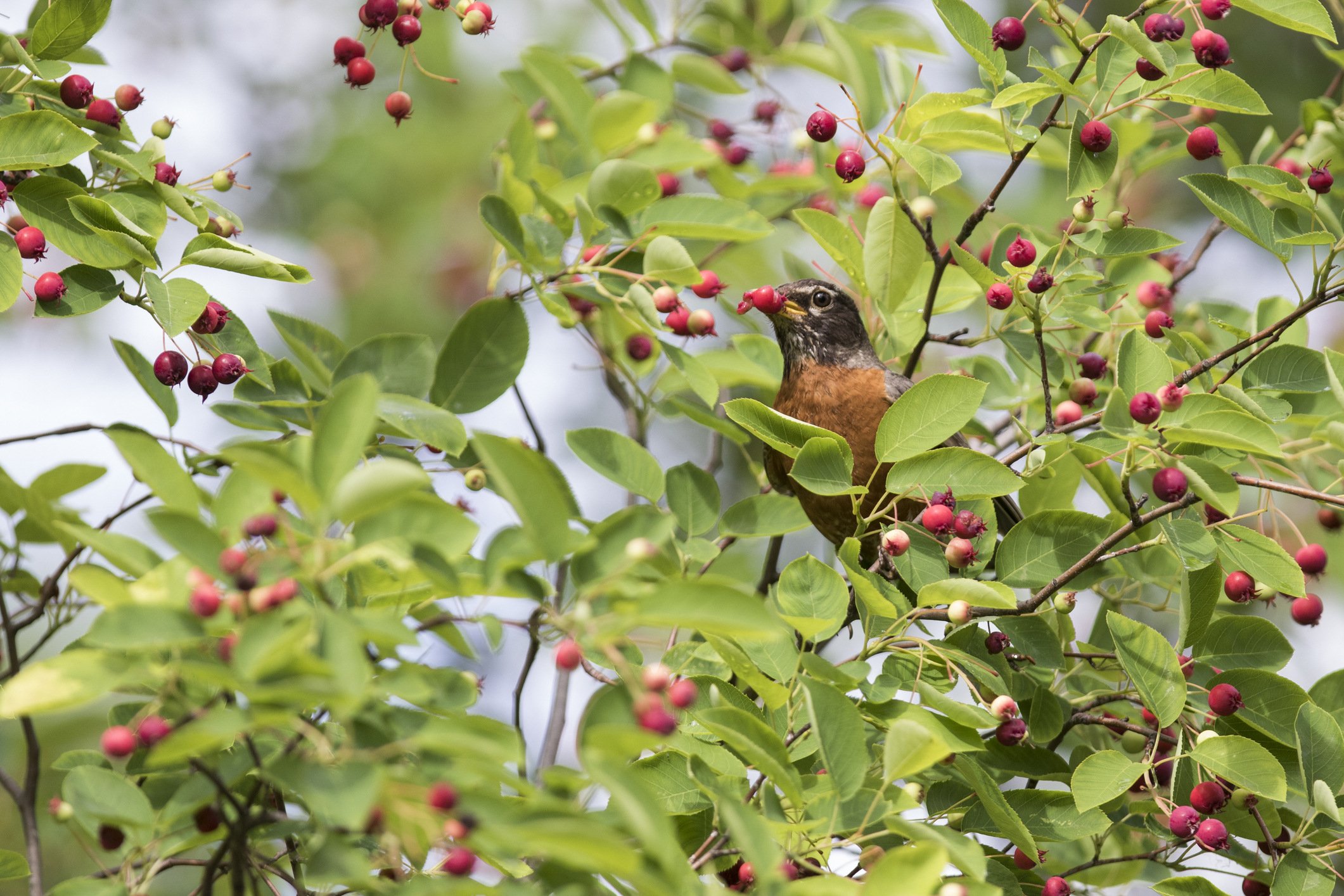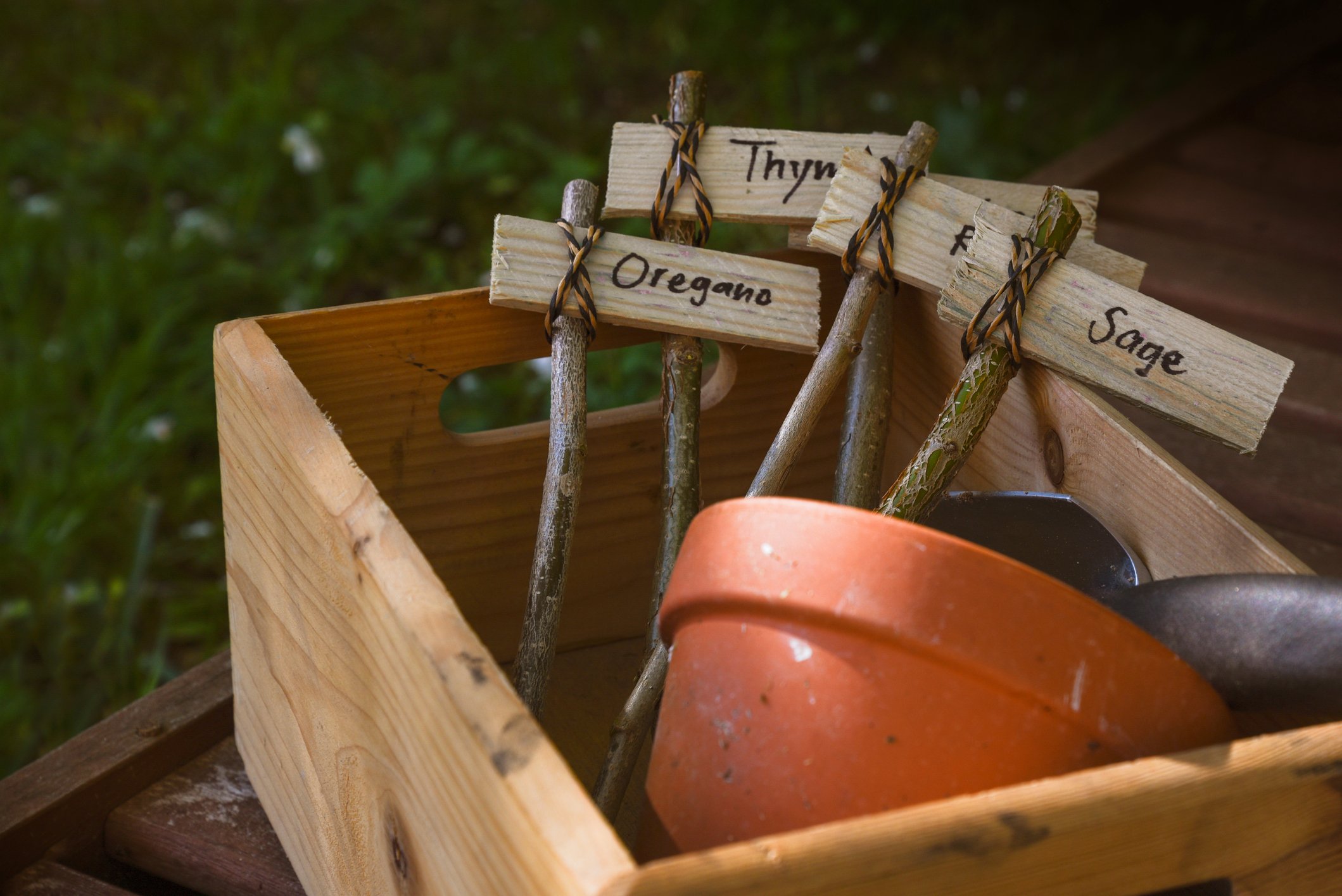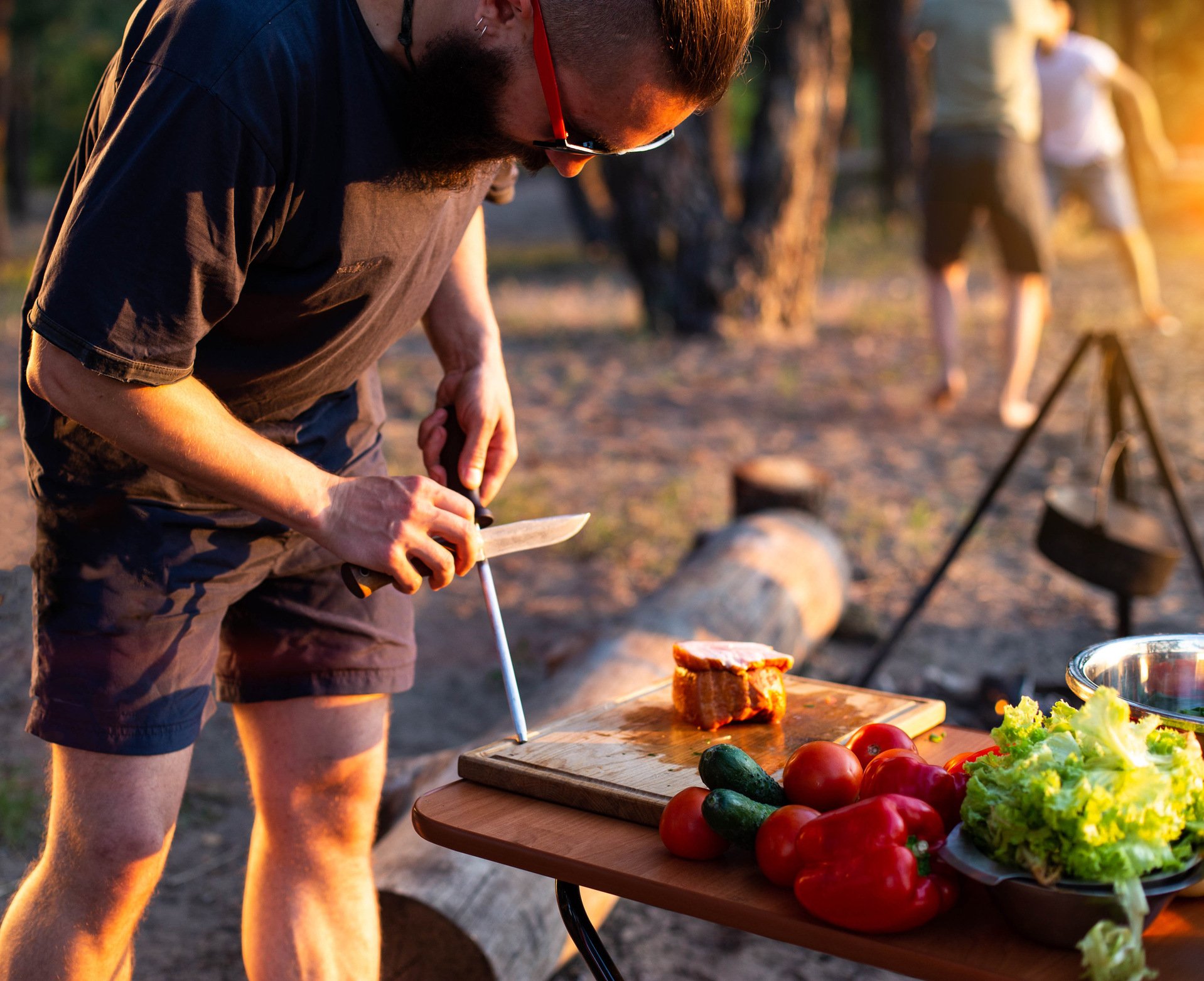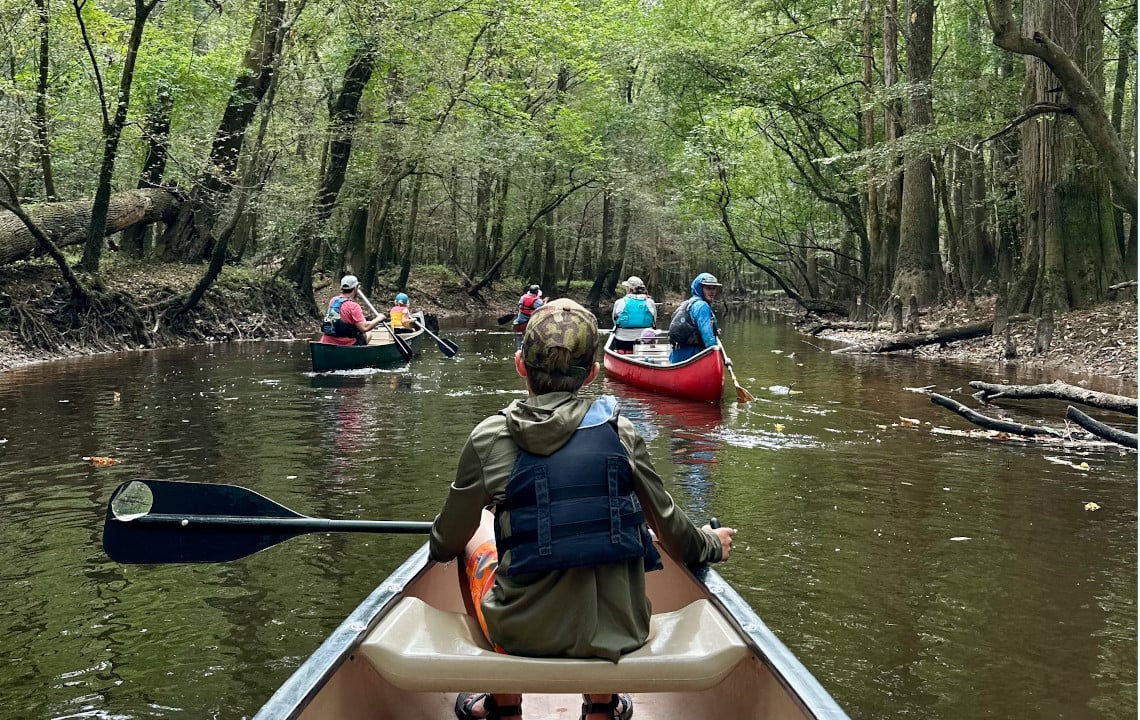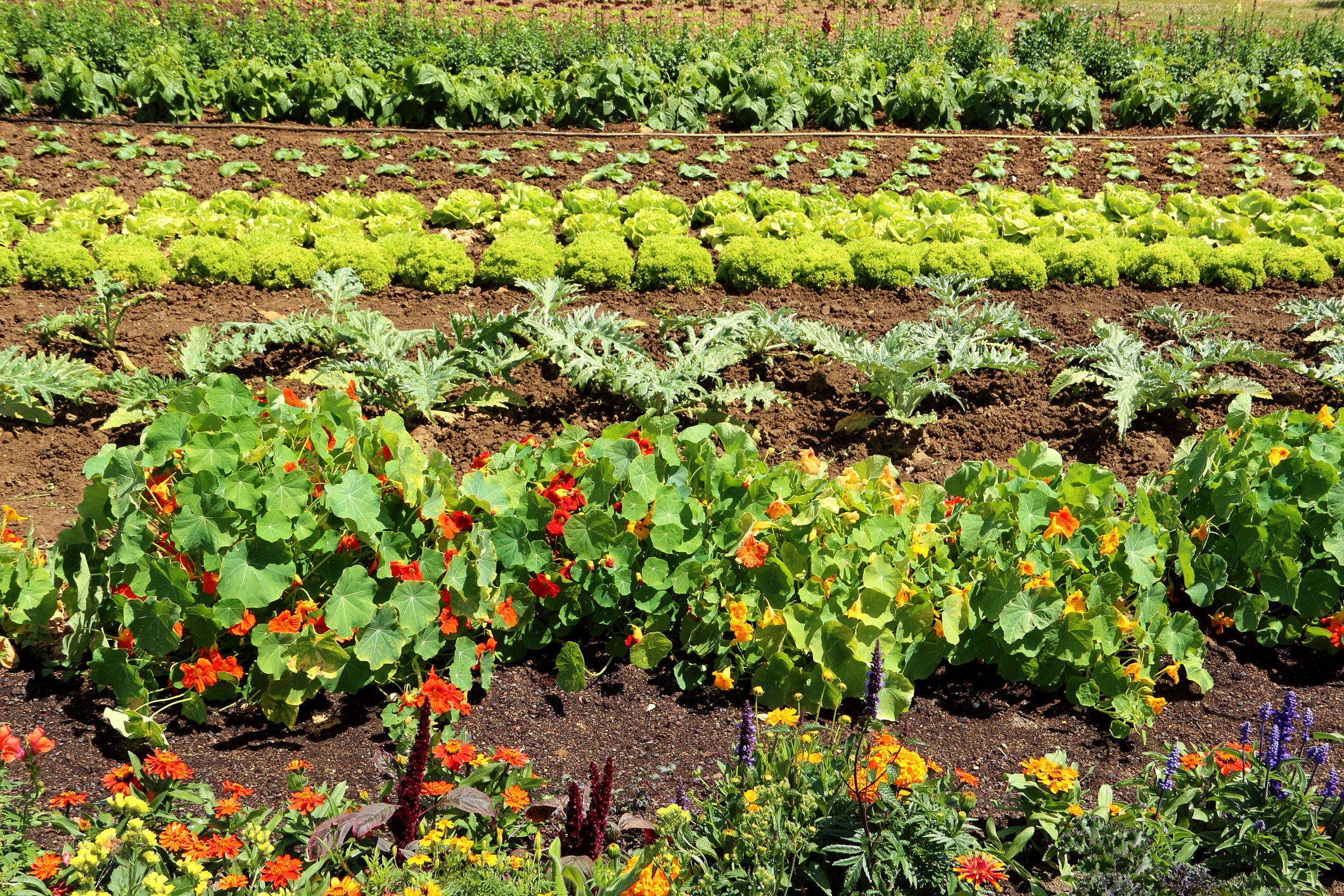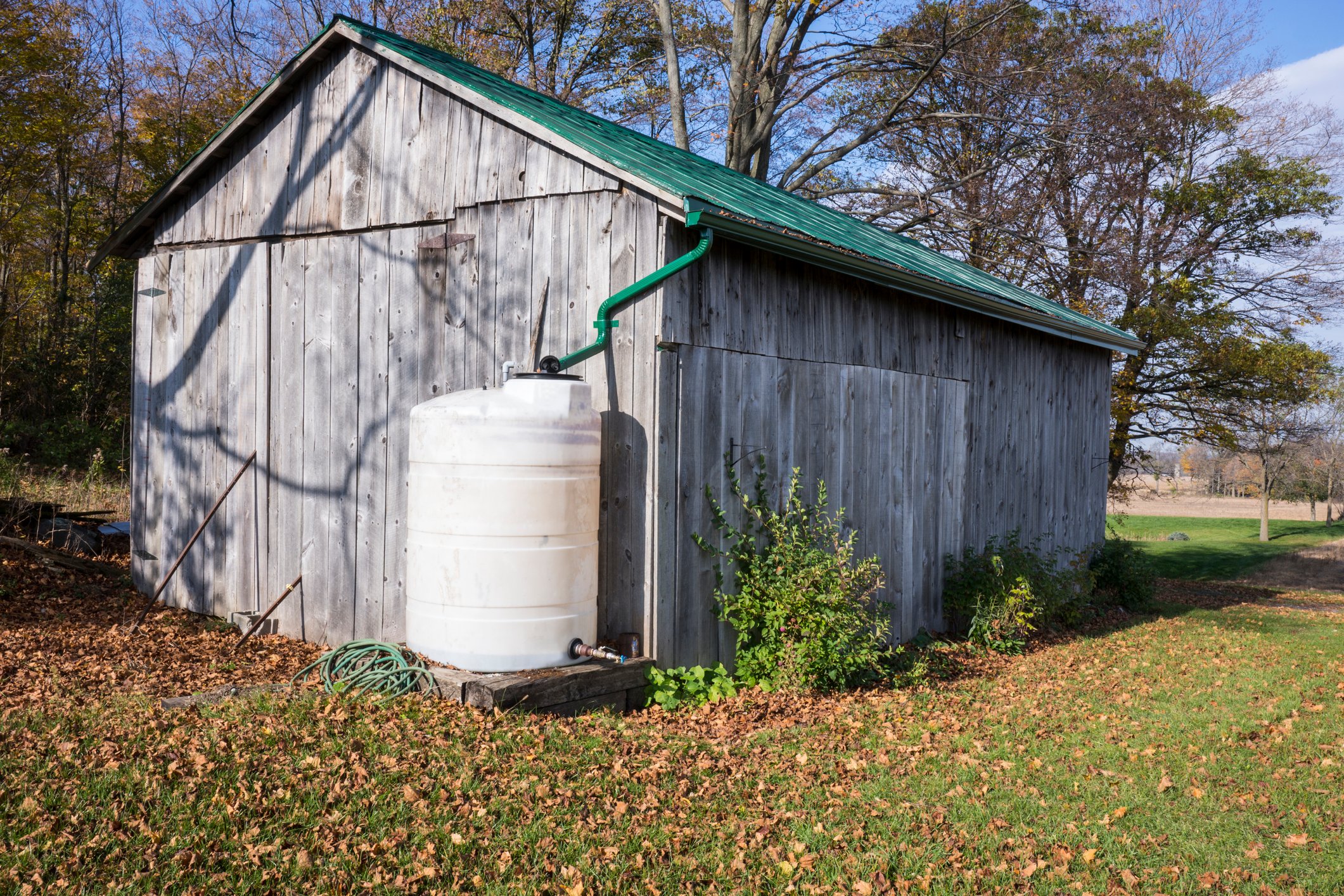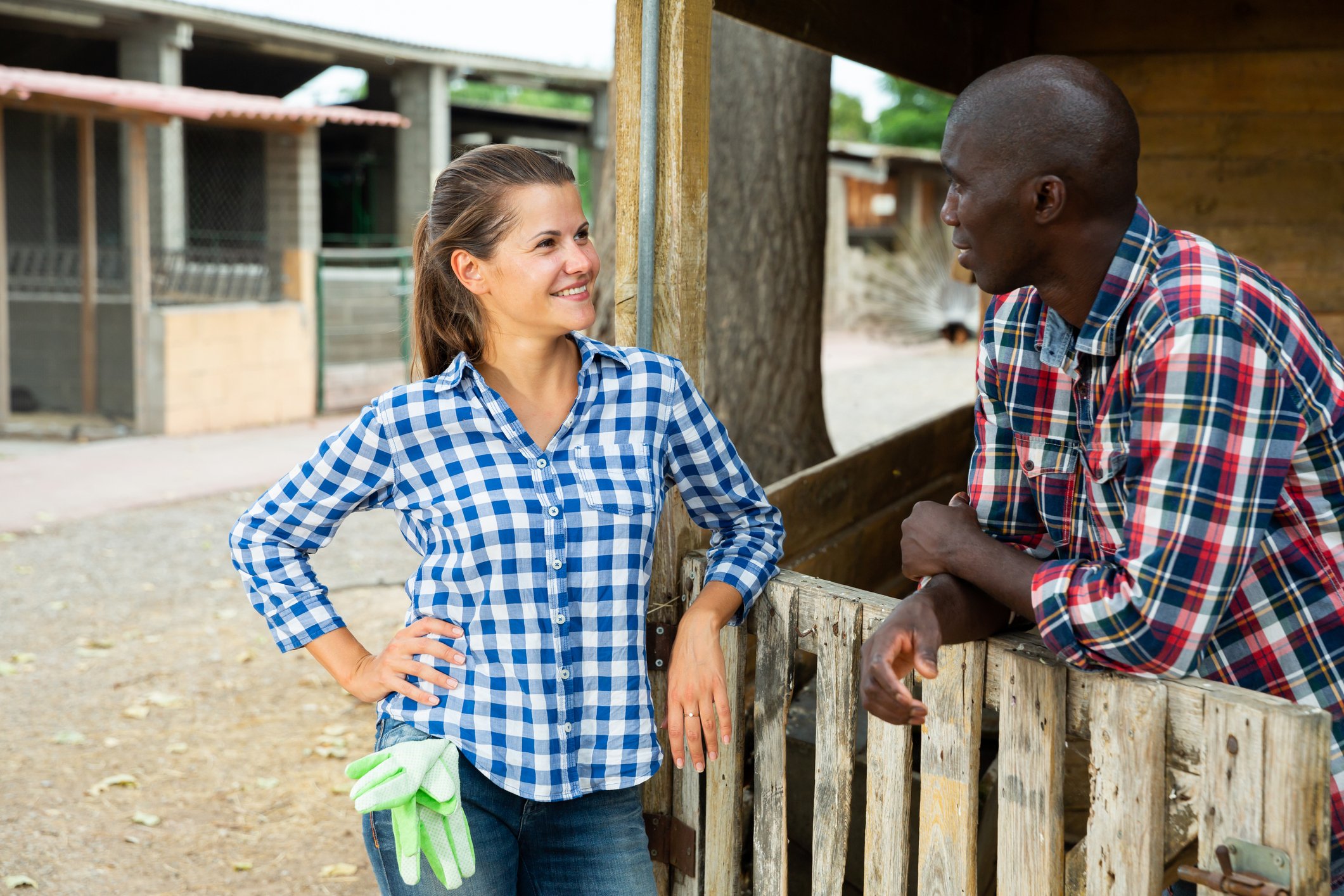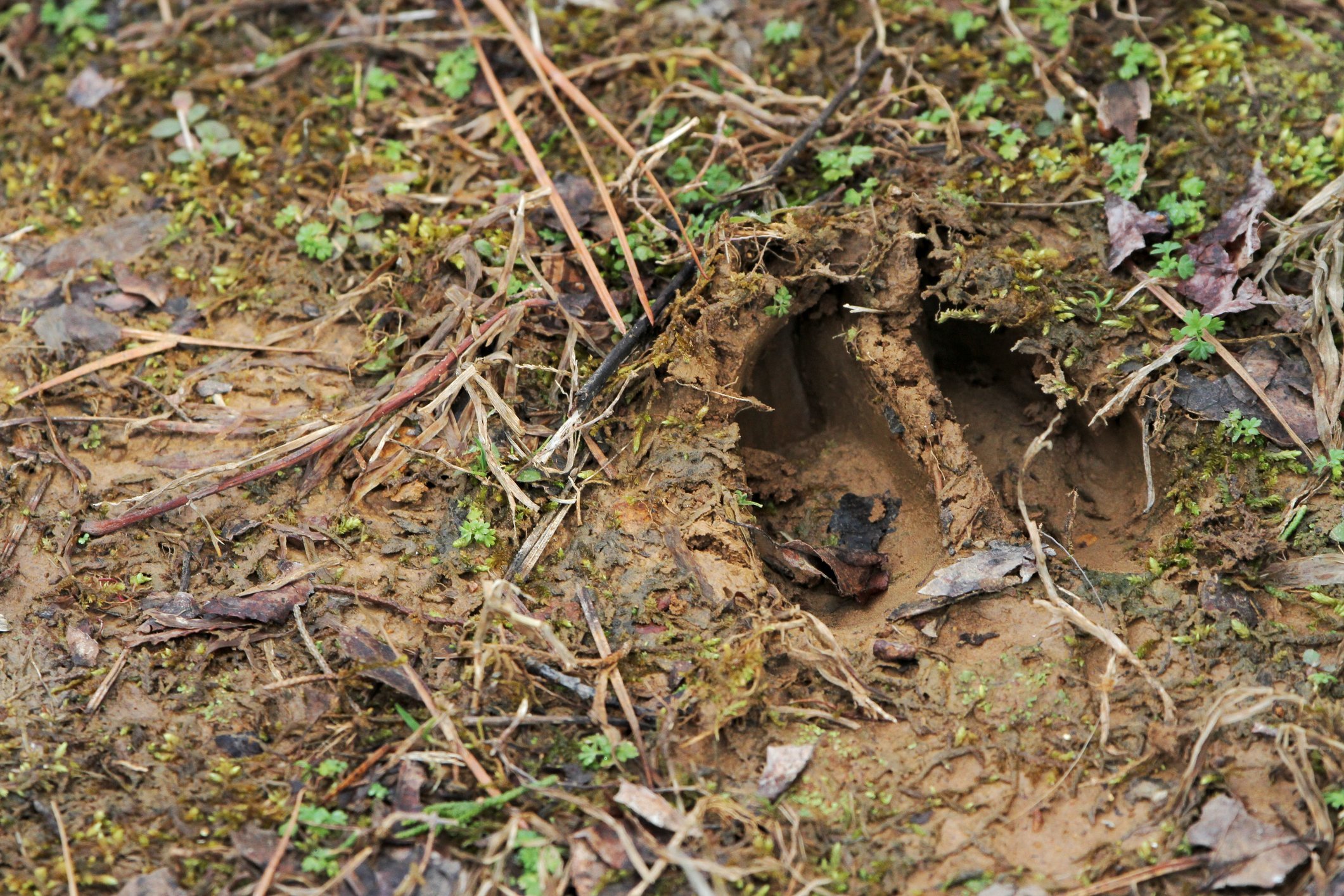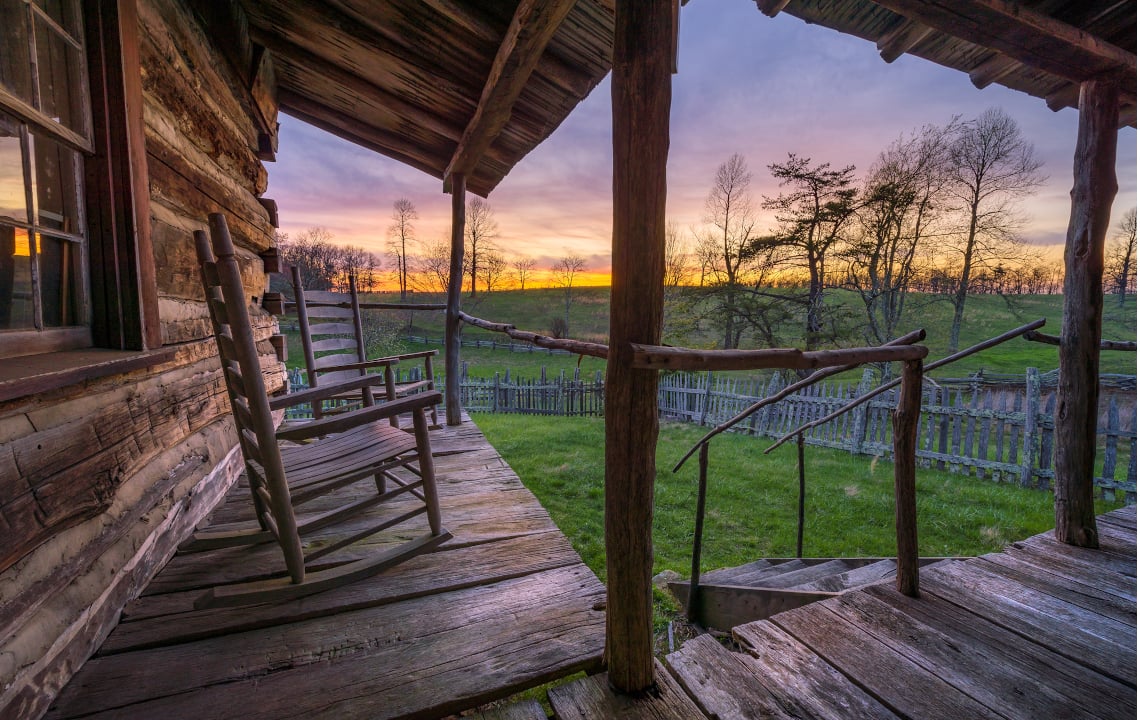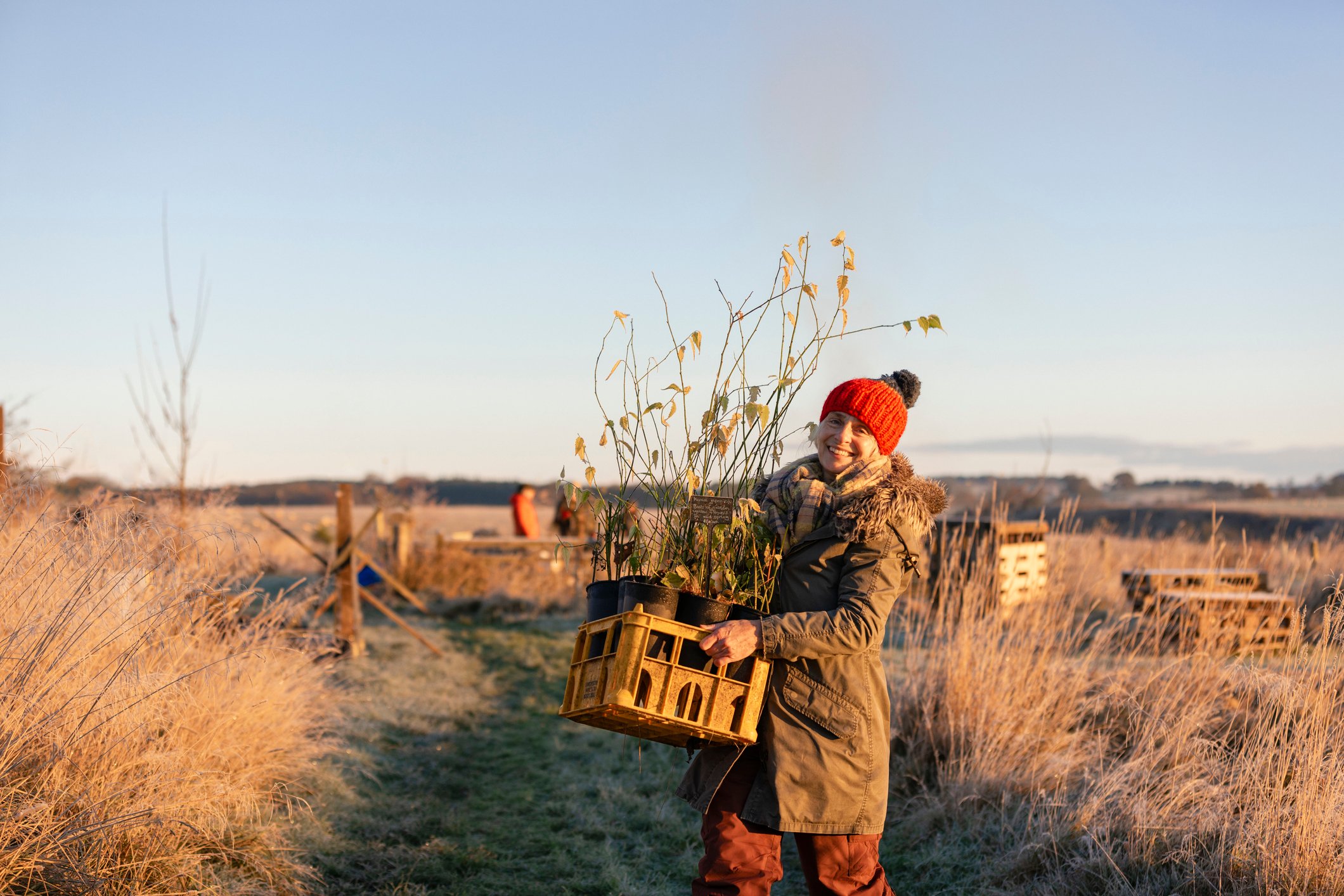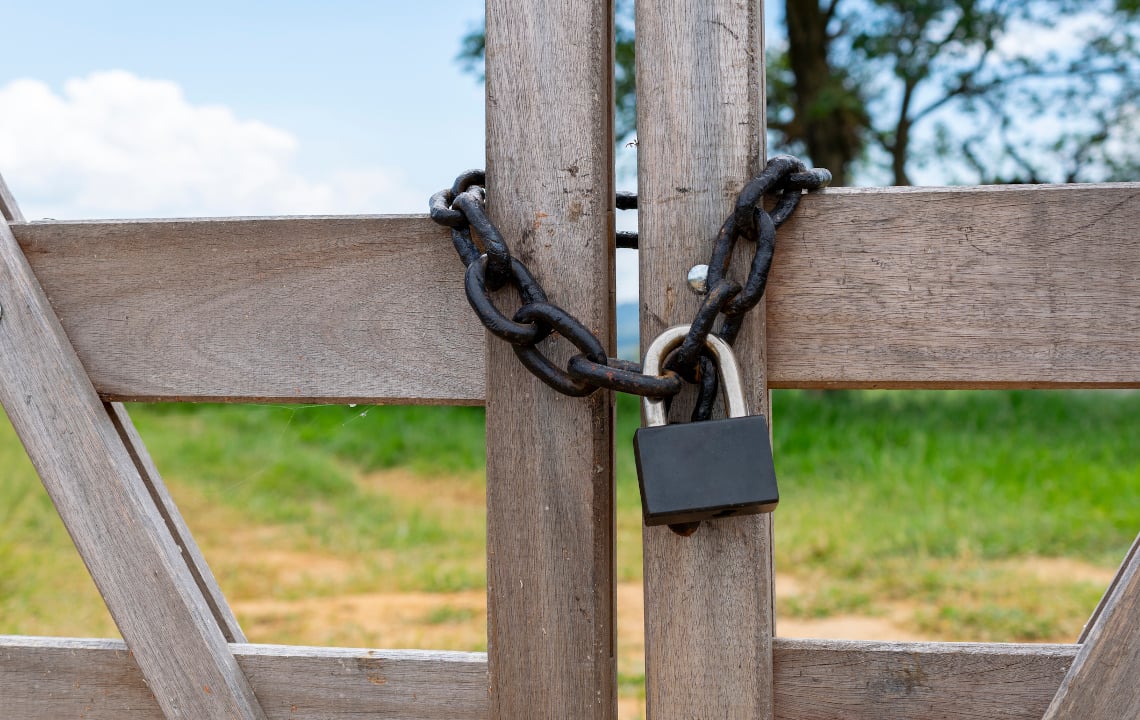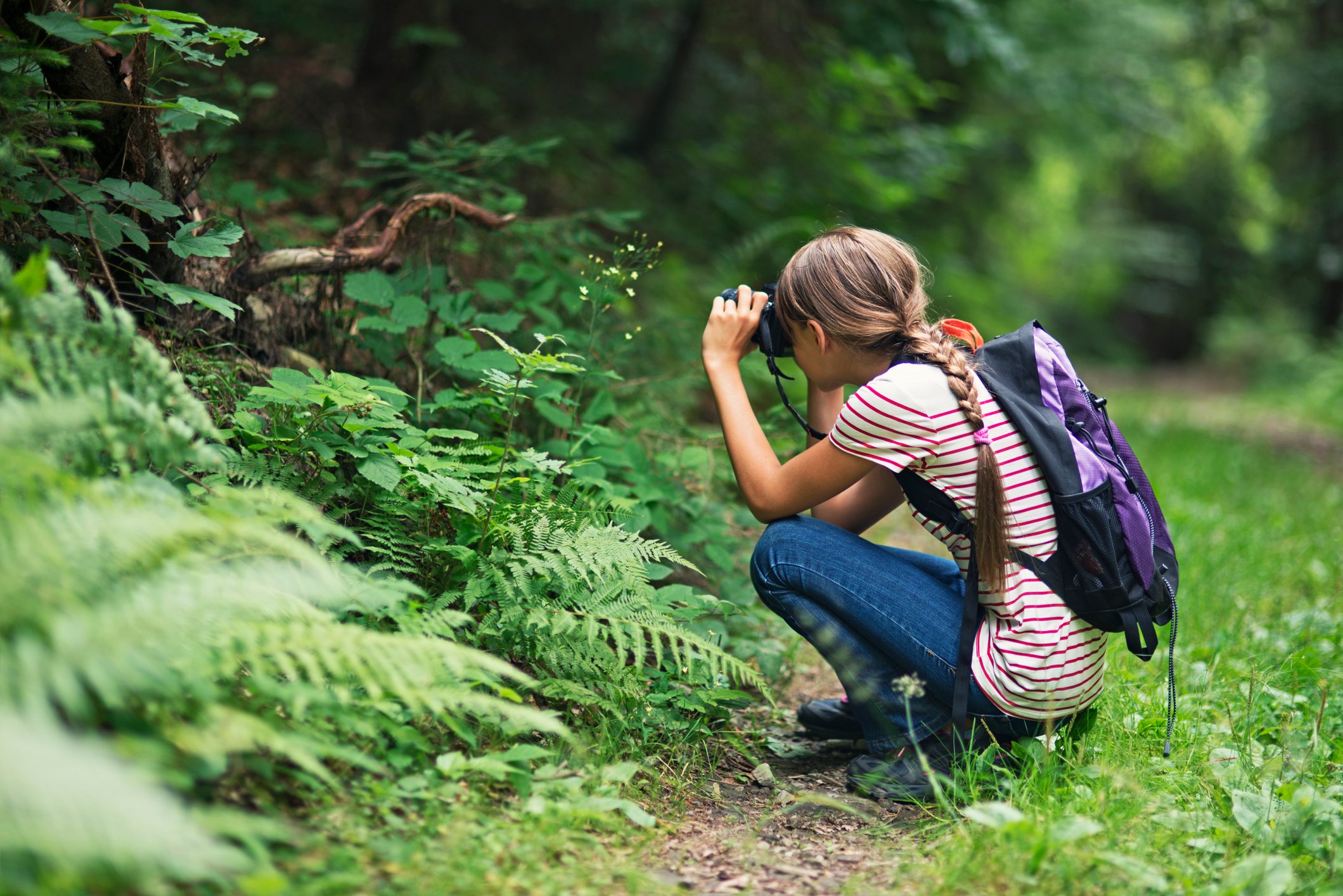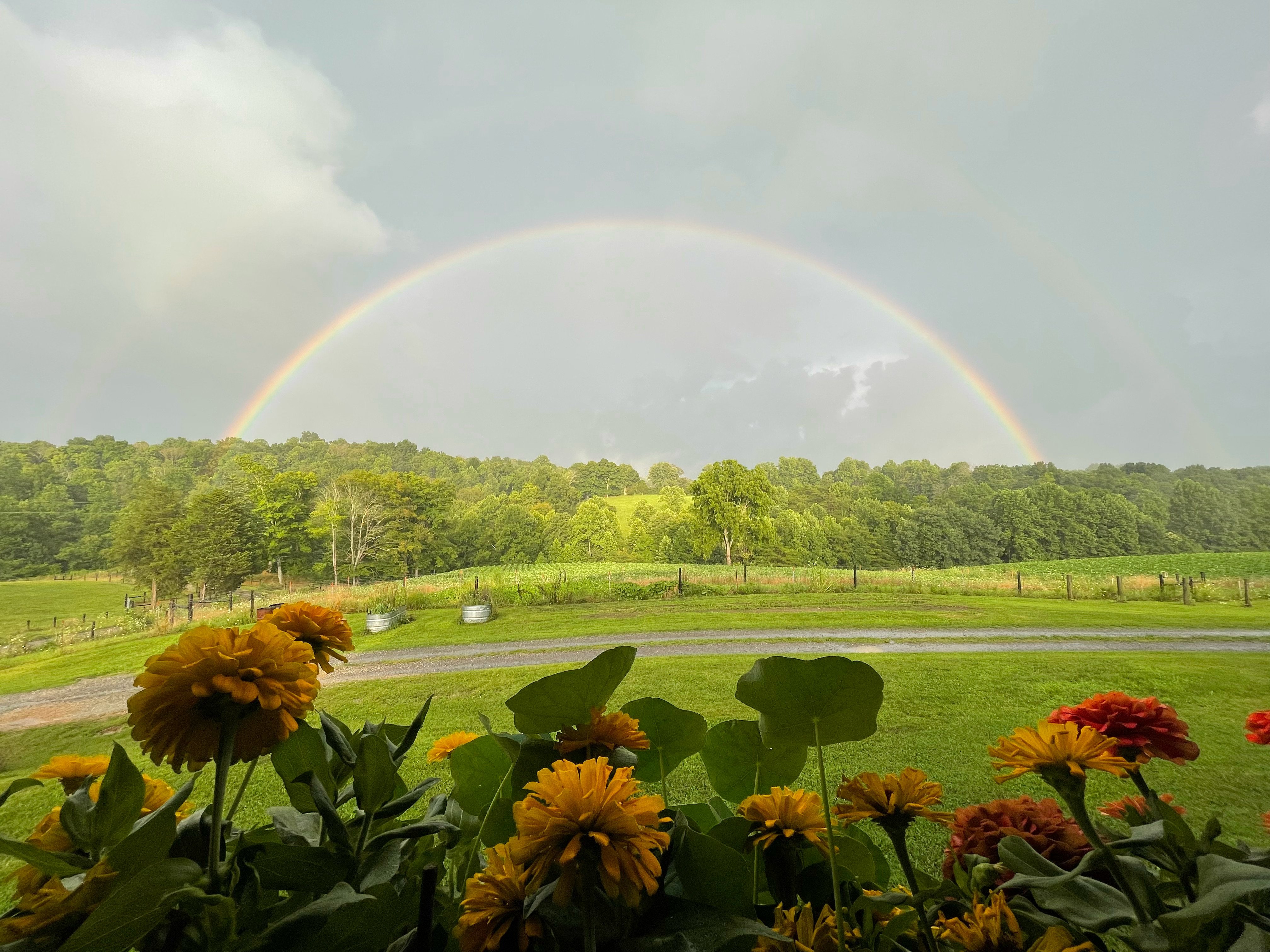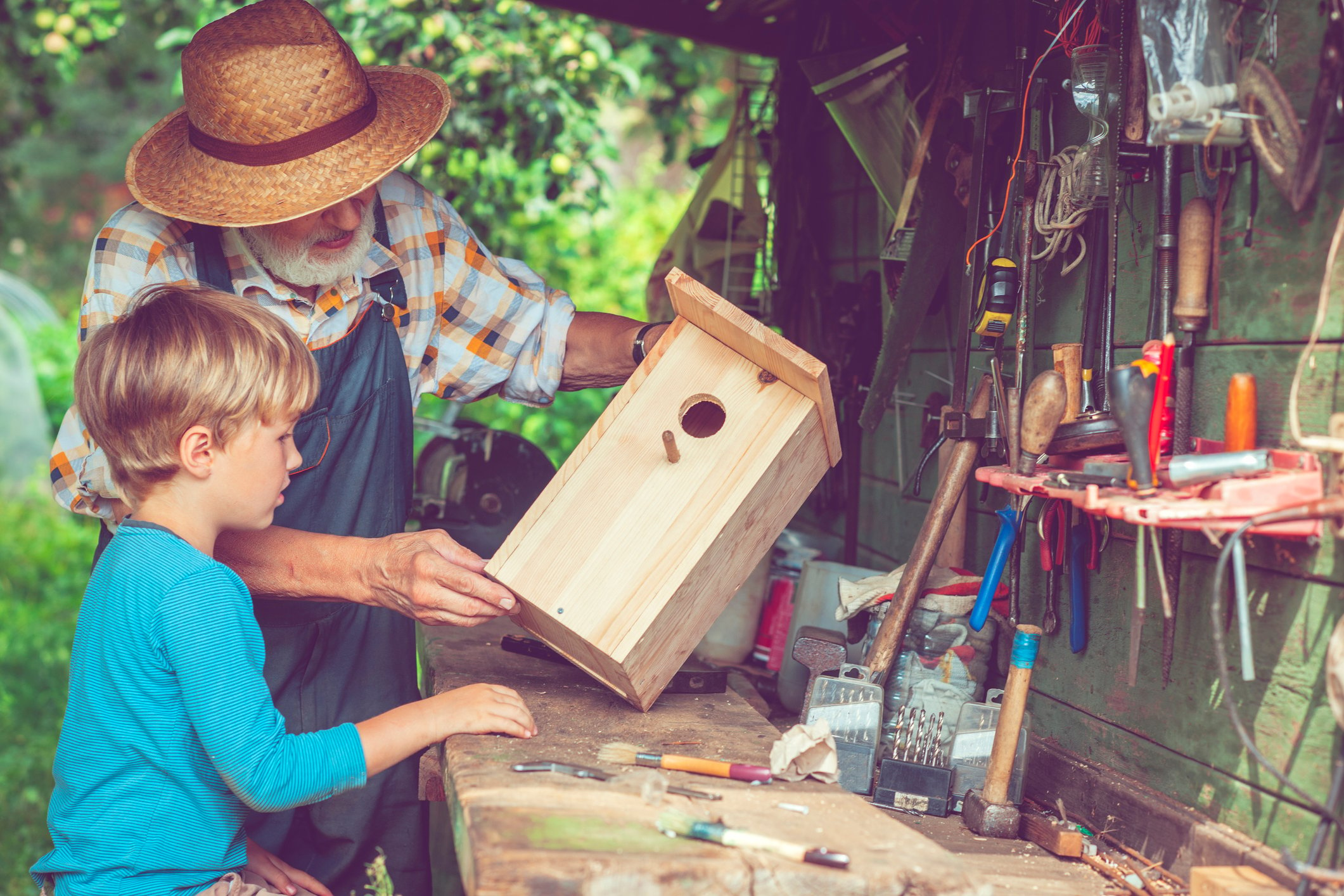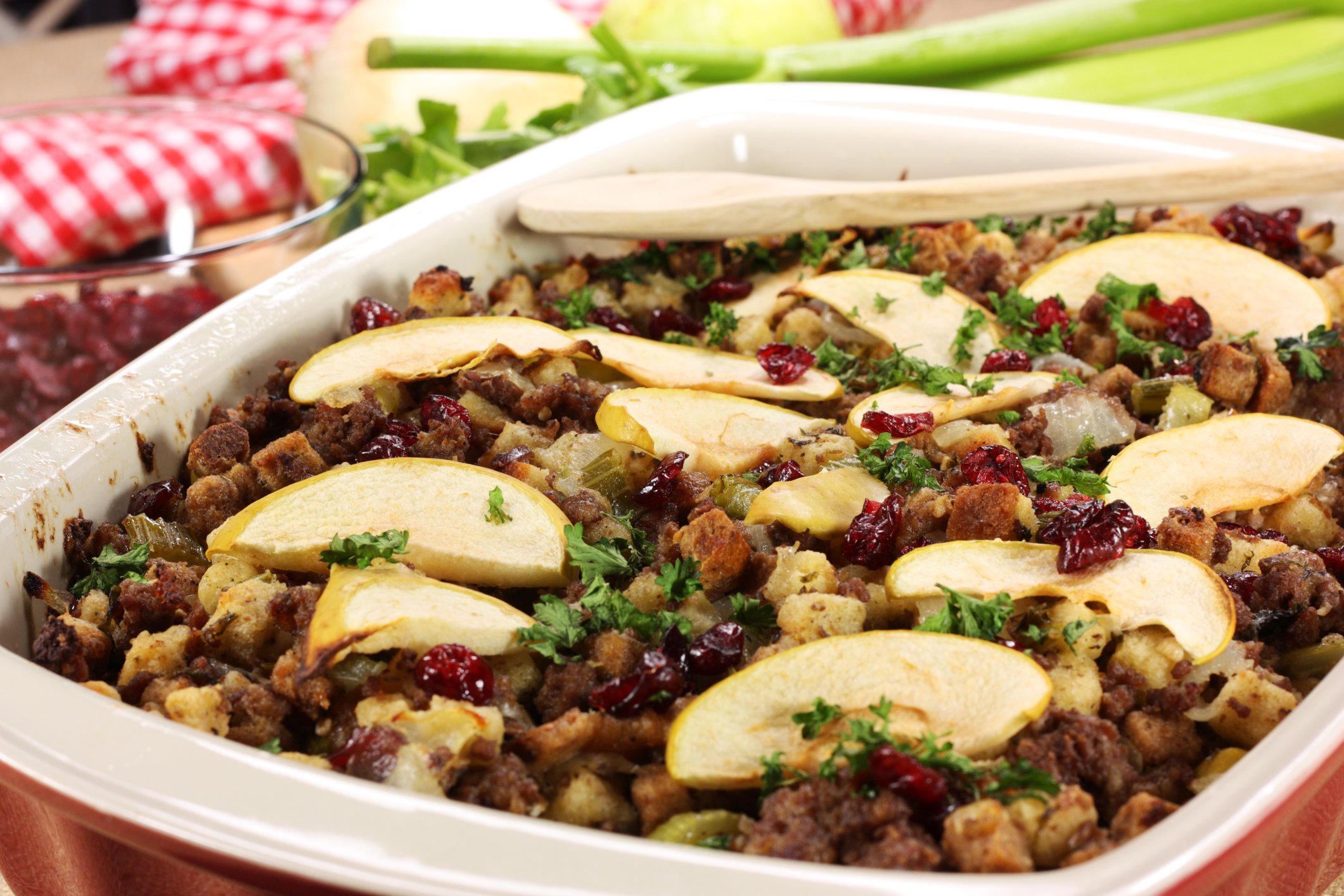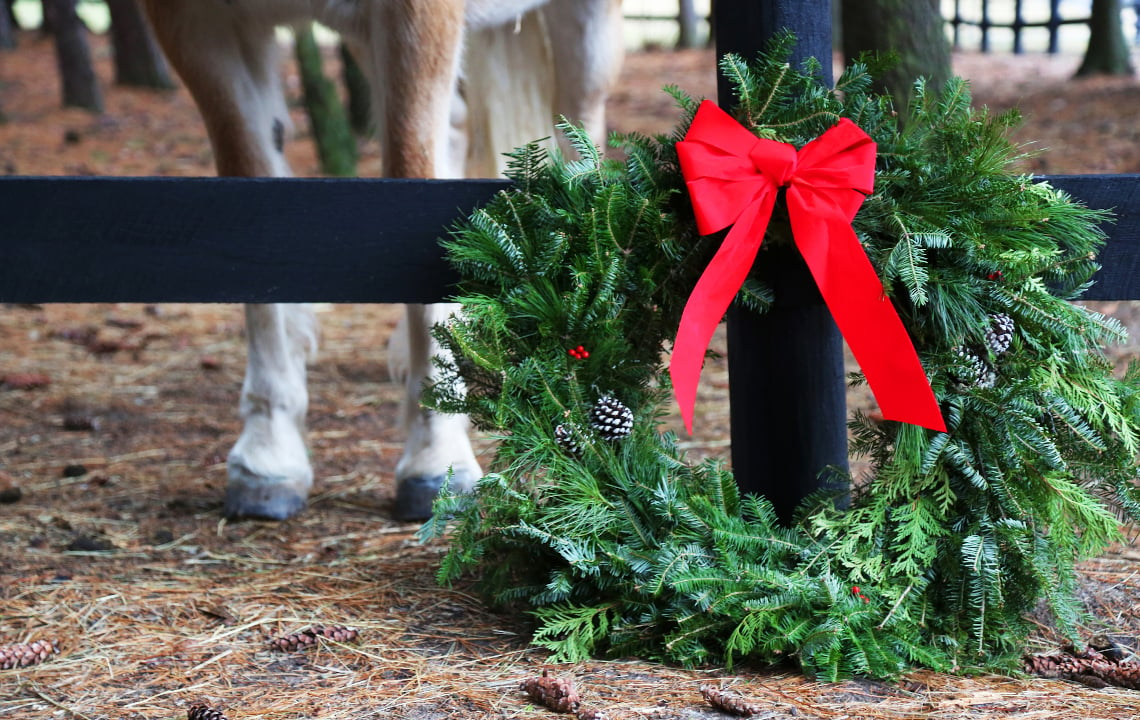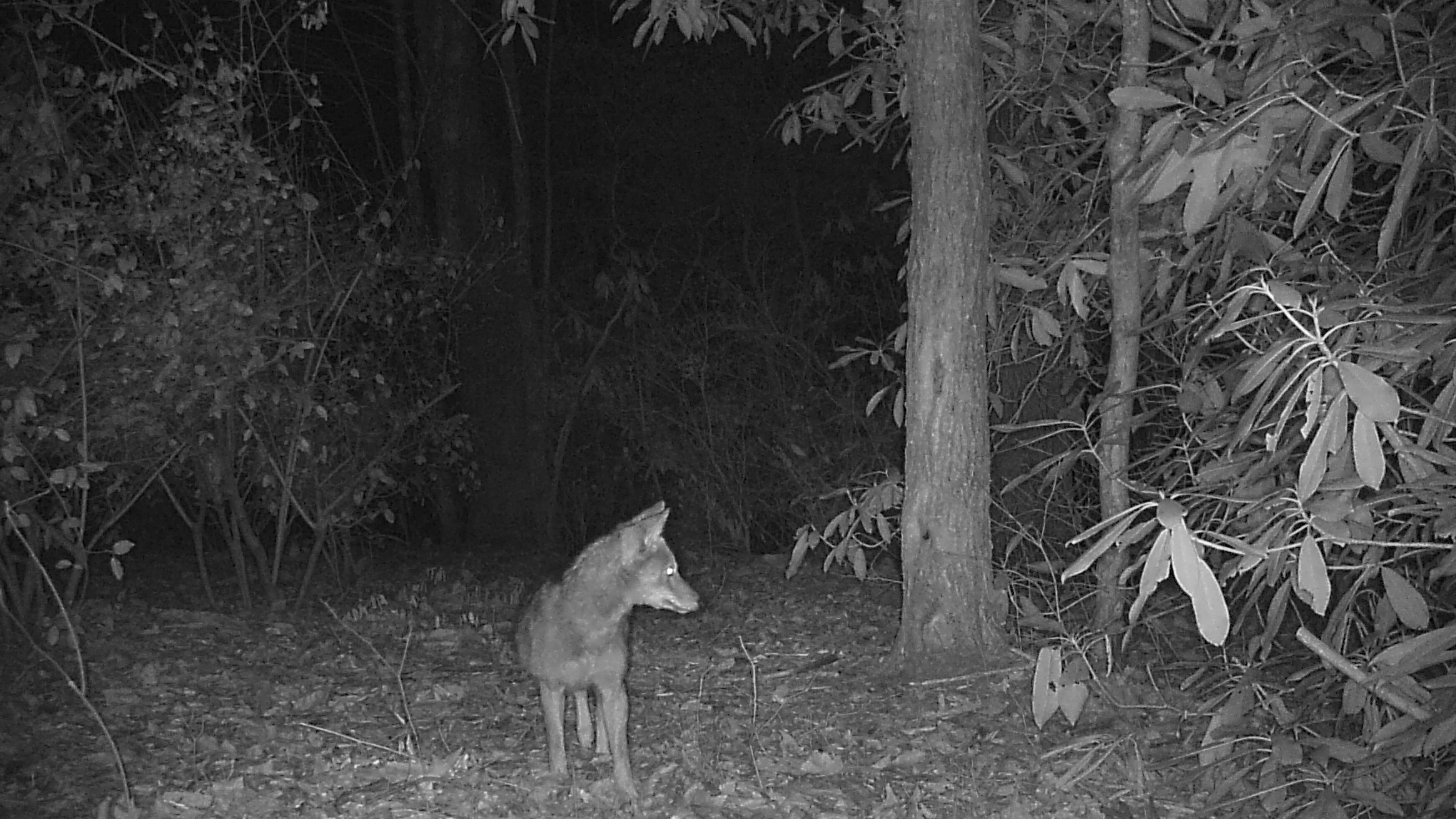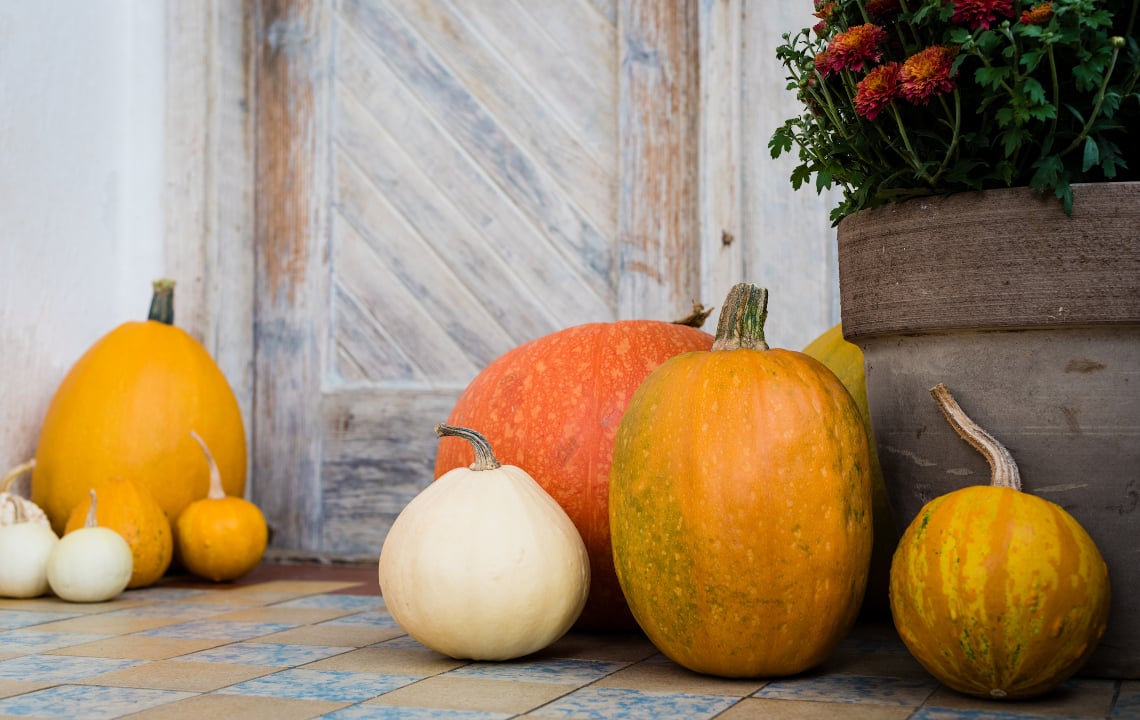It has been said that “Necessity is the mother of invention.” That is especially true in a rural environment. Rather than driving to a big box store, we can often improvise by recycling something on hand to meet the need. Our forefathers did not have the luxury of purchasing ready-made solutions to their problems, but turned to the resources they had at hand. With a little ingenuity on our part, we can do likewise.
Living in a rural setting for most of my life has helped to teach me to be self-sufficient.
My wife accuses me of being a pack rat, but often a project can improvise and utilize existing materials to meet a current need. The ability to locate it is the biggest problem!
There is a fine line between recycling and hoarding. If we repurpose and use that which we save, it is an admirable accomplishment. If we accumulate and never use, then it is a bad habit.
Primitive Skills Teach the Use of Existing Resources to Accomplish Goals
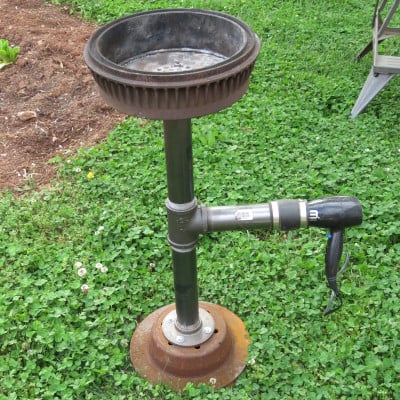 Being involved in primitive crafts has taught me a lot about using existing items to create new and interesting things. One interest is blacksmithing.
Being involved in primitive crafts has taught me a lot about using existing items to create new and interesting things. One interest is blacksmithing.
Two automobile hubs, salvaged from a local junkyard, were used to fashion a small forge for heating metal. One created the base and another was the receptacle for holding the coals. The two were connected with a section of two-inch pipe, and it was intersected with a ‘T’ joint.
A discarded hair dryer was used to provide air flow to increase the heat. This created a forge to heat metal for reshaping into knives and other small items.
Recycling used lawnmower blades and other metal scraps created knives and other useful tools. A short section of railroad rail was used to create an anvil.
Scrap leather is never discarded. It is used for creating sheaths for knives and other projects.
In days long past, heavy leather was used rather than metal hinges for doors on outside sheds. The hides and furs from trapped animals are tanned and sold as decorative wall hangings. Trapping of predatory species can improve hunting opportunities (removing raccoons and coyotes improves wild turkey populations, as they rob eggs and poults from nests. Coyotes also negatively affect the survival rate of deer fawns).
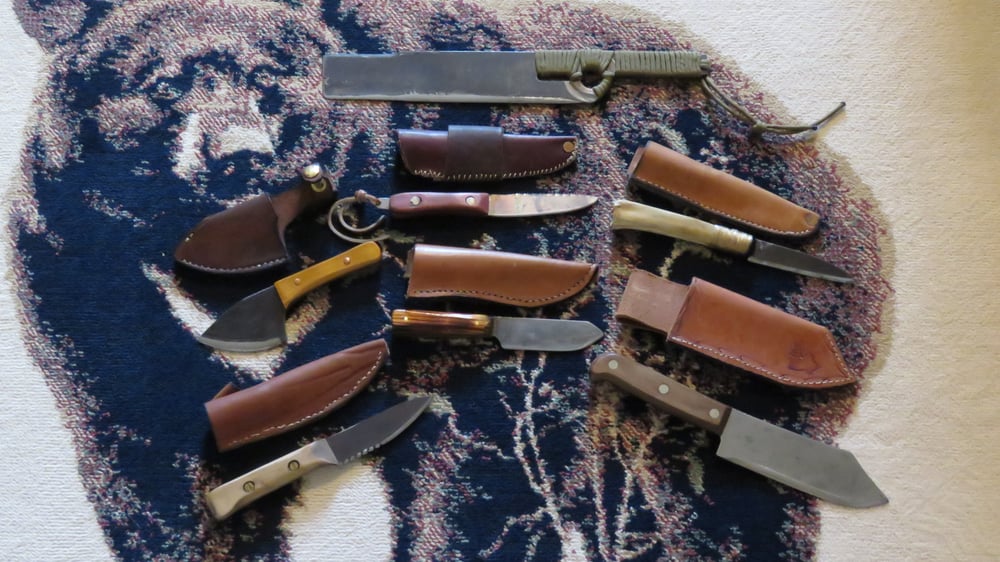
Tips for Increasing Garden Fertility
Another useful tip is to save soil from flower pots when the plant has exceeded its useful life. The potting soil is recycled by adding it to the garden soil to help aerate and enrich it.
When fall greens reach the end of their life cycle, they are also plowed into the garden soil to provide what has been called ‘green manure’.
Many organic materials may be composted and added appreciably to garden soil. Instead of bagging and hauling leaves away in the fall, they can be composted for the garden. Over a period of time these natural additives can enrich the soil, reducing the requirements for commercial fertilizers.
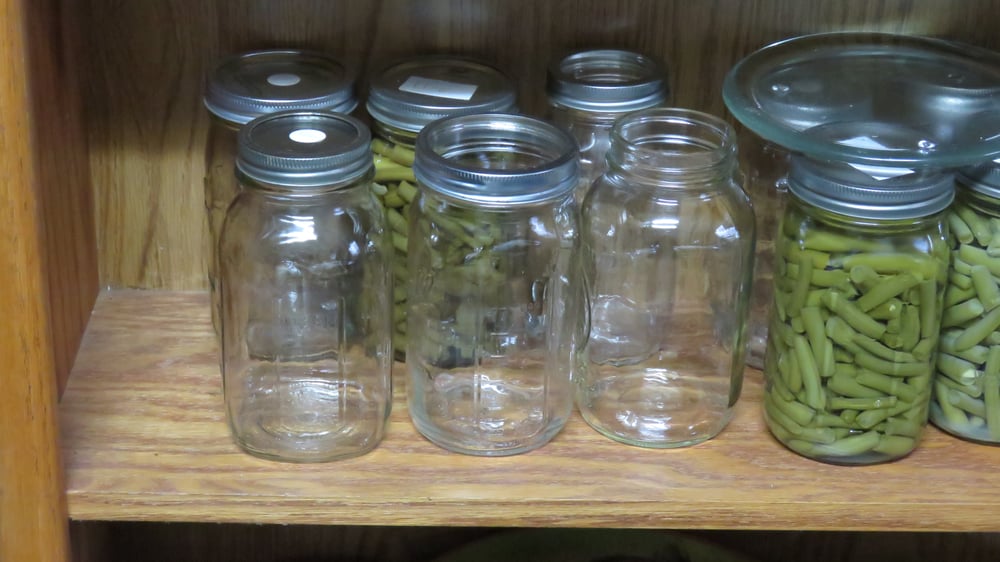 As gardeners, we always can vegetables and fruit for consumption during the cold seasons. We recycle the glass canning receptacles and they are useful for many seasons. The rings are always reusable, and sometimes (but not always) the seals may be used again.
As gardeners, we always can vegetables and fruit for consumption during the cold seasons. We recycle the glass canning receptacles and they are useful for many seasons. The rings are always reusable, and sometimes (but not always) the seals may be used again.
Glass bottles that have a relatively flat bottom are also excellent material for flint knappers. A heavy nail, inserted point down in the bottle, when shaken vigorously with thumb over top opening, will snap the bottom off cleanly (use eye protection).
Lumber is a Precious Resource
Another tip that I have found to be invaluable is to save odd lengths of lumber.
Rather than having to cut a short section from a new 2”X4”, I can locate a section that is just right for the job. This requires a shed or proper storage area, but with the cost of lumber, it is a good investment. Small pieces of lumber can be used for small projects such as building bird houses.
You can also keep a bucket or barrel handy for small scraps of wood that can be used as fire starters. It is usually very dry and will provide hot flames to catch the logs in the fireplace very quickly. Another way to create fire is to use dryer lint and a ferrocerium rod. A few sparks onto the lint will create a flame to ignite a brush pile or a cheerful fire in your fire pit.
Never Underestimate the Versatility of a Wire Coat Hanger
It may seem trivial, but wire coat hangers are some of the most versatile items to hang onto.
I have used them to create ‘S’ hooks, to re-enforce grapevine wreaths and various other projects.
Six-inch sections of coat hangers make excellent projectiles for blow guns. One tip is sharpened to a needle point. The other end has a dot of glue applied, and a small bundle from a cotton ball or yarn used for tying egg patterns for trout flies. This creates fletching that will assure proper flight of the projectile.
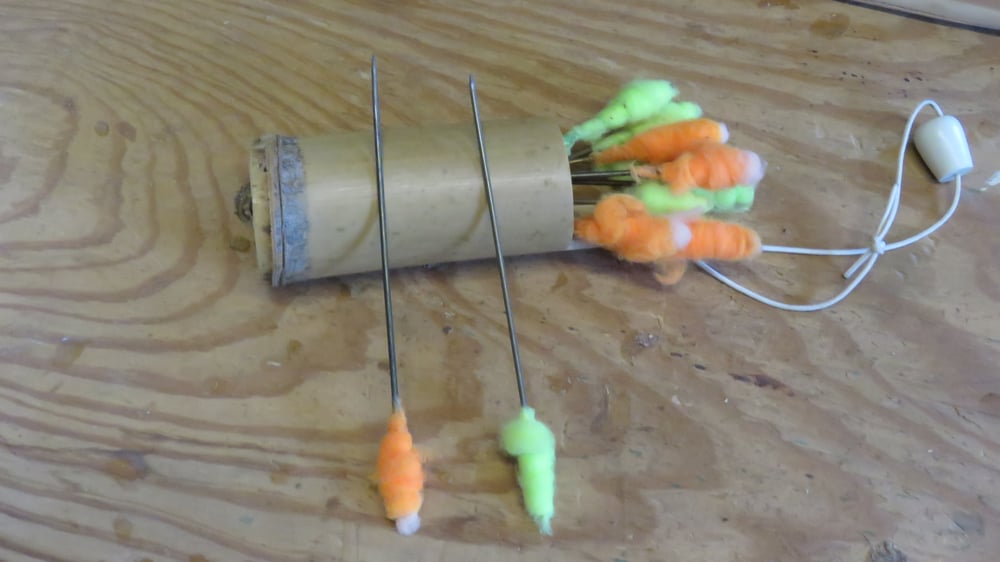
Many years ago, my grandfather used old wire coat hangers to patch broken sections in barbed wire fences that surrounded his pastures where cattle were kept. Any project calling for the use of short sections of heavy wire can be accomplished by the use of coat hangers.
The pruning of our grape vines always creates abundant material for new grapevine wreaths. We have provided family and friends with various sizes of wreaths through the years. I offer a how-to tutorial on this in: Holiday Decorating with Nature’s Beauty.
Recycling is more than setting aside paper, glass and aluminum in receptacles for pick-up for processing. Today, many of the items that were previously re-cycled have diminished in value, but there are many items that we can utilize at home if we think creatively.


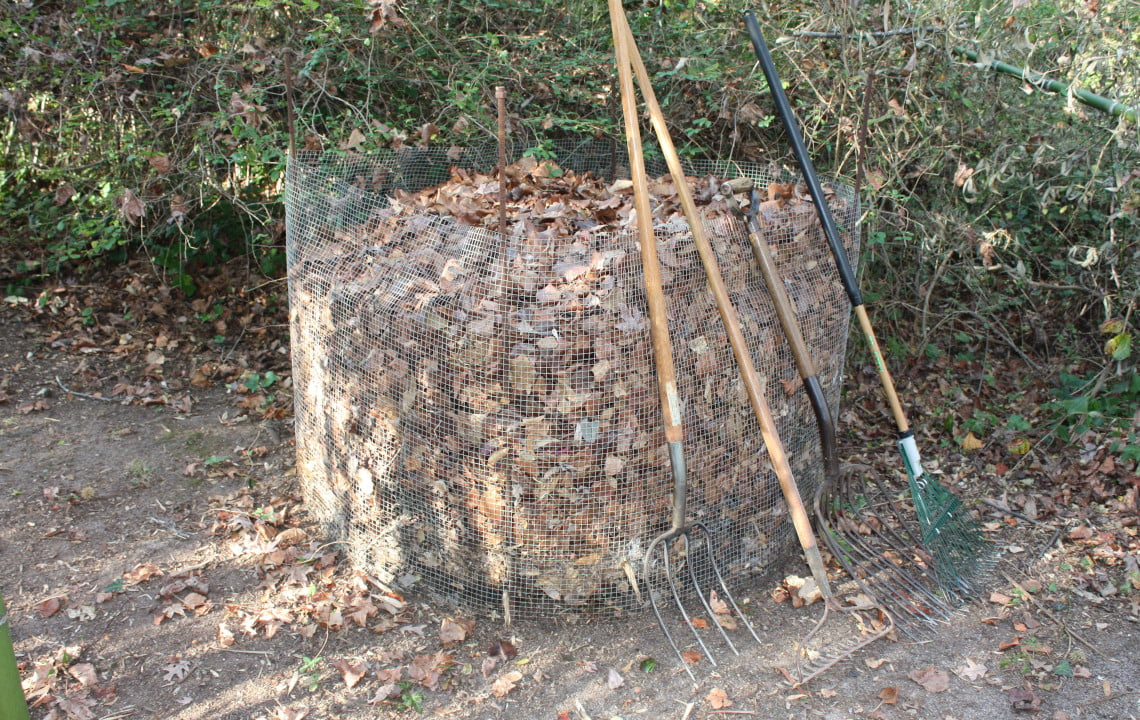

.jpg)
